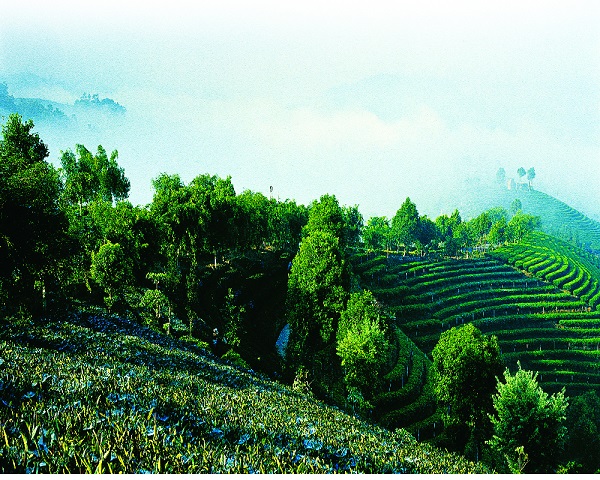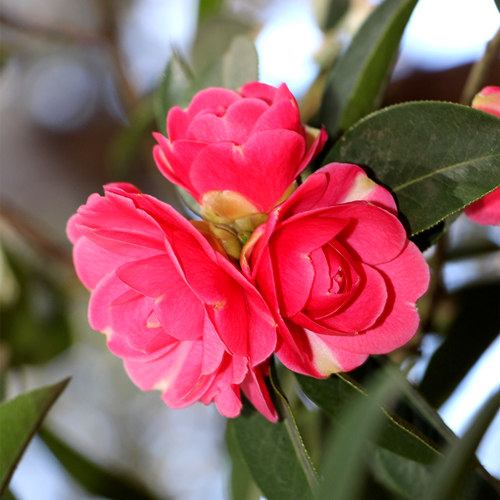
Detailed Introduction to Honghe County of Honghe Prefecture
Overview
Honghe County (红河县) is located in the southern part of Honghe Prefecture, Yunnan Province, and sits along the upper reaches of the Red River (Honghe River), from which it gets its name. As a predominantly mountainous county rich in ethnic diversity—especially Hani communities—it is known for its majestic rice terraces, intact forest ecosystems, and deep-rooted intangible cultural heritage.
With a strong emphasis on environmental conservation and cultural preservation, Honghe County is regarded as one of Yunnan’s most authentic expressions of ethnic rural life and traditional agriculture.
Geography and Climate
Area: Approx. 2,000 square kilometers
Location:
South of Honghe Prefecture
Borders Yuanyang County to the west and Jinping County to the south
Topography:
Rugged mountains and deep river valleys
Average altitude around 1,200–2,300 meters
Climate:
Subtropical monsoon climate
Mild temperatures year-round
Annual average temperature: ~18°C
Rainfall: 1,200–1,500 mm, mostly in summer
The vertical geography gives rise to layered ecological zones, enabling rice, corn, tea, and tropical fruits to coexist within the same county.
Population and Ethnic Composition
Total Population: ~280,000
Ethnic Groups:
Hani (majority)
Yi, Yao, Miao, Dai, Han, and others
Over 80% of the population belongs to ethnic minorities
Honghe County is one of the core cultural areas of the Hani ethnic group, maintaining distinct language, rituals, festivals, and farming customs
Cultural Heritage and Attractions
�� Terraced Fields of Hani People
Spanning across villages such as Chegu, Panzhihua, and Dazhai, the rice terraces are a continuation of the Honghe Hani Cultural Landscape recognized by UNESCO
Unlike Yuanyang’s grand-scale terraces, Honghe’s are more remote, less commercialized, and deeply integrated into local village life
Perfect for cultural eco-tourism, photography, and agritourism
��️ Ethnic Villages and Traditions
Dayangjie (大羊街) and Chegu (车古) preserve traditional mushroom-shaped Hani houses, communal water systems, and ancestral halls
Traditional fire pits, bamboo weaving, and ritual dances are part of daily life
Local festivals like:
Kuzhazha Festival – to worship mountain gods and pray for good harvests
Angmatu – Hani New Year, marked by singing, dancing, and communal feasts
Villagers maintain Hani oral literature, multivoice choral songs, and shamanic rituals
��️ Natural Attractions
Honghe River Valley: Steep river gorges, subtropical biodiversity, and ancient trade paths
Laojizhai Nature Reserve: Forested highlands that host rare bird species, orchids, and medicinal plants
Hot Springs and Waterfalls in mountainous areas, offering potential for eco-resorts and wellness tourism
Economy
Agriculture is the backbone of the county:
Rice terraces, corn, tea, sugarcane, and tropical fruits like bananas and papayas
Recently introduced organic farming and ethnic-featured specialty products
Traditional crafts: Hand-woven Hani clothing, bamboo baskets, and herbal products
Tourism development:
Community-based cultural and eco-tourism is growing steadily
Low-density, experience-rich rural tourism preferred over mass development
Modernization and Rural Development
Honghe County is undergoing rural revitalization focused on:
Infrastructure improvements (roads, electricity, digital connectivity)
Education support for ethnic children
Preservation of Hani cultural systems through tourism, e-commerce, and government aid
Participates in poverty alleviation and UNDP-backed sustainable farming projects
Transportation
Though remote and mountainous, Honghe County is gradually improving access:
Highways connect the county to Yuanyang, Jianshui, and Gejiu
Rural roads bring visitors into scenic and cultural villages
Nearest high-speed rail station: Jianshui or Mengzi (approx. 3–4 hours’ drive)
No airport within the county; Honghe Mengzi Airport (under construction) will enhance future accessibility
Administrative Divisions
Composed of several ethnic townships, town centers, and administrative villages
County seat located in Yisa Town (一洒镇) – administrative and commercial hub
Strong emphasis on village autonomy and ethnic self-governance
Conclusion
Hong



